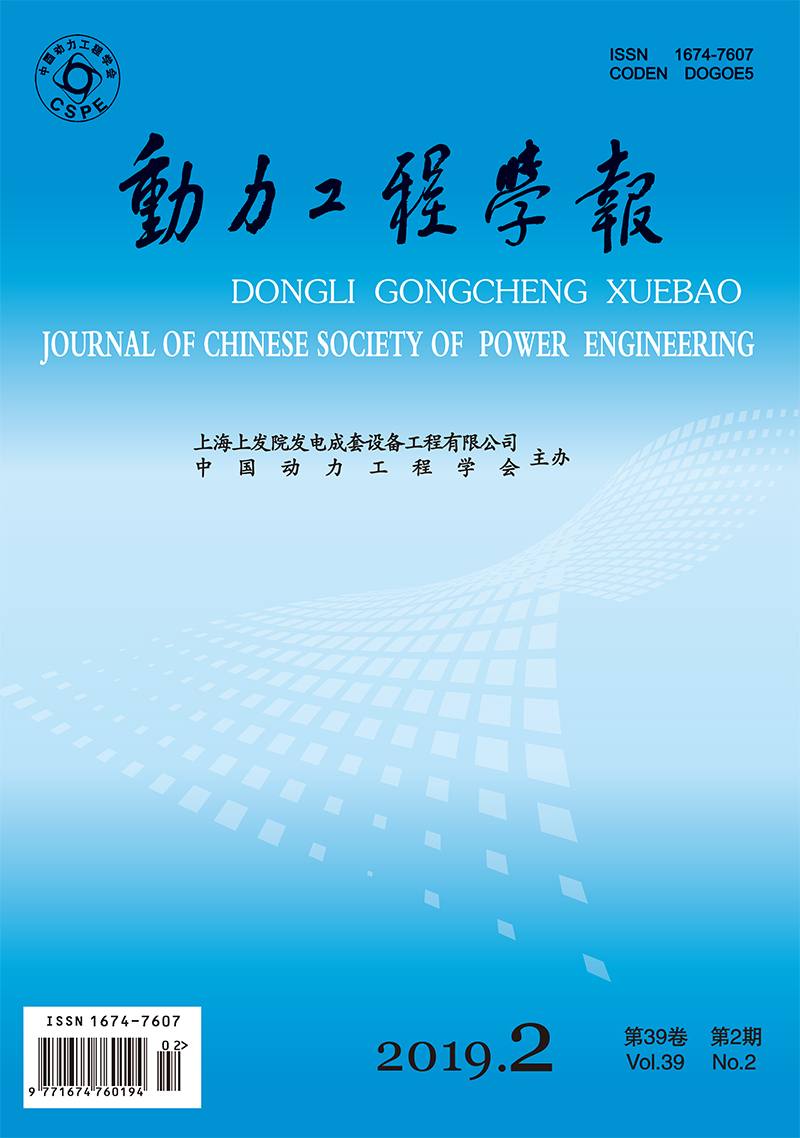BAI Yanwu, LIU Pingyuan, LU Qiliang, ZHANG Juan, ZHAO Liang, CHEN Wei, YANG Linjun
2019, 39(2): 135-141.
A series of experiments were conducted in a PDA and a hot-state coal-fired test system to study the atomization properties of different two-fluid nozzles, and to analyze the effects of following factors on the evaporation characteristics of desulfurization wastewater, such as the flue gas temperature, flue gas humidity, chloride concentration, and the wastewater temperature, etc. Results show that different nozzles have different atomizing characteristics, and the nozzles with higher precision have better atomizing effects, resulting in fewer droplets of large sizes and shorter evaporation time. Flue gas temperature has the greatest influence on the evaporation of desulfurization wastewater, and the increase of flue gas temperature would accelerate the wastewater evaporation, but the evaporation time of large droplets is still to be long. To let the desulfurization wastewater completely evaporate before entering the electrostatic precipitator, (with residence time ≤0.75 s), the flue gas temperature should be above 130 ℃. The increase of flue gas humidity has a certain inhibitory effect on the evaporation of desulfurization wastewater. The concentration of chloride and the temperature of desulfurization wastewater have little influence on the evaporation of desulfurization wastewater. After the evaporation of desulfurization wastewater, about 90%-95% chloride ions are evaporated into the form of inorganic salt particles, which will be removed by dust collector.
